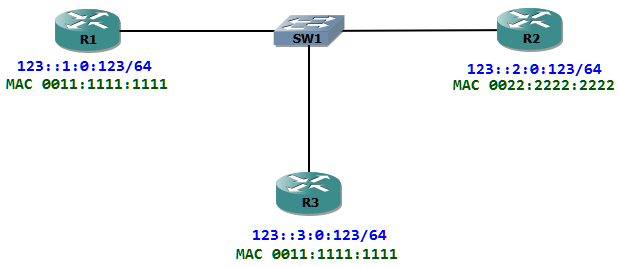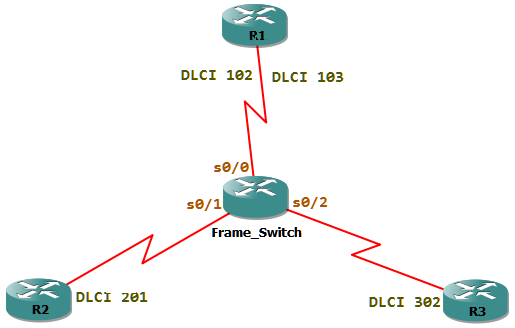When the packet travels down the OSI and reaches the network layer, the MAC address must be resolved from the destination host for the encapsulation process. Traditionally this was done in IPv4 using ARP which uses broadcast packets. As in IPv6 we do not have Broadcasts, this must be done with the help of Multicasts. In IPv6 we do not have a separate protocol to accomplish this; it is built into the IPv6 stack itself. The Layer 3 to Layer 2 resolution in done with ICMP neighbor discovery.
Each host which has an IPv6 address configured listens to a particular multicast group. Thus there could be many hosts which listen to the same group. Finally the neighbor discovery request will itself contain the L3 address to be resolved, and only the host which is configured with the address in question will answer the request.
The neighbor discovery packet is an ICMPv6 Packet which has a type code of 135. This is called a neighbor solicitation packet. This is equivalent to the ARP request. The host which has the address configured will answer with an ICMPv6 packet with a type code of 136. This is called a neighbor advertisement packet. This is equivalent to ARP reply.
When an interface is assigned an IPv6 address, it will join a multicast group of FF02:0:0:0:0:1:FFXX:XXXX. The X is the last 24 bits of the IPv6 address which is assigned to an interface. Let us look into the details, when R1 has the IPv6 address of 123::1/64 assigned. It will then join a multicast group of FF02::1:FF00:1.




